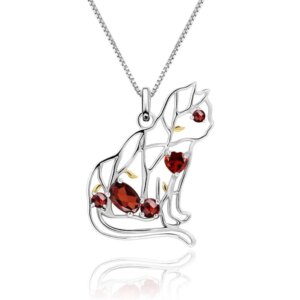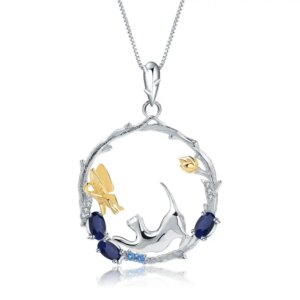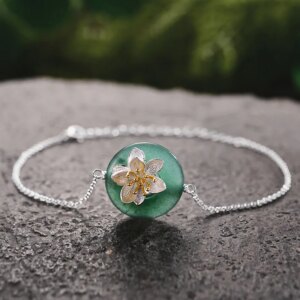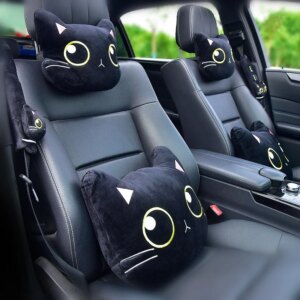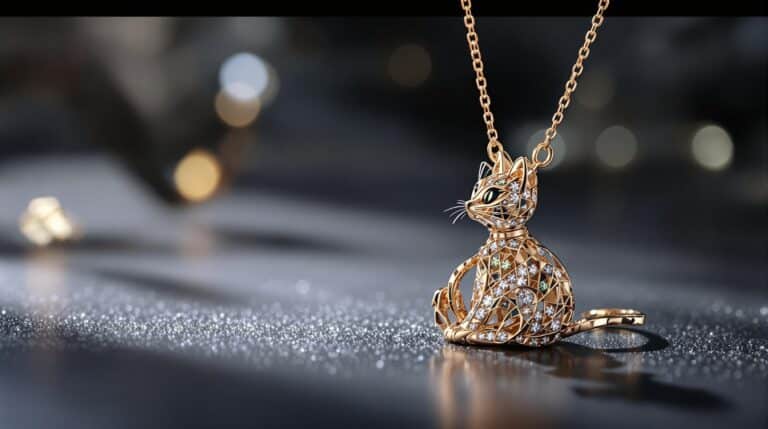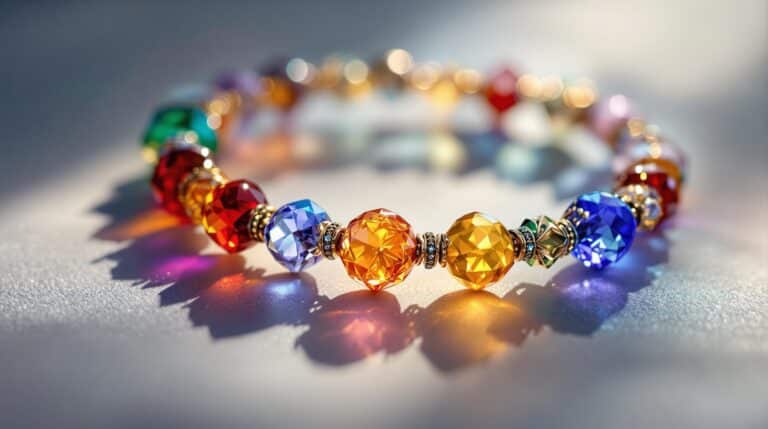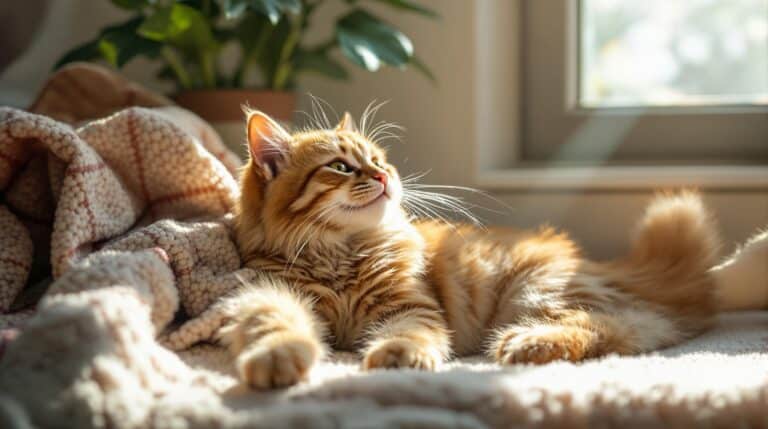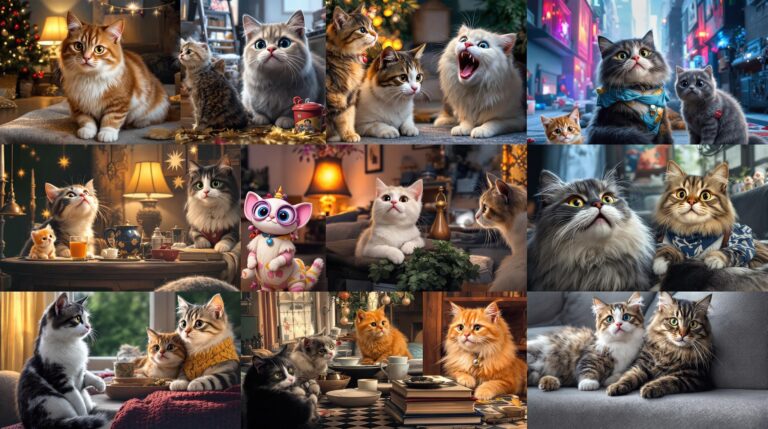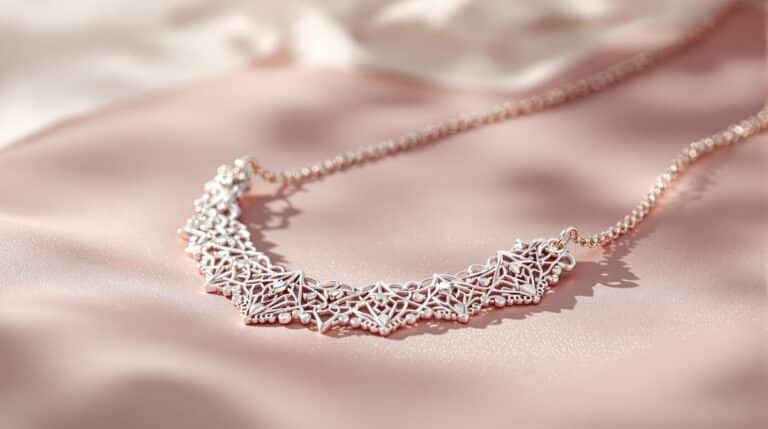Cats Years Age Conversion: Cats are beloved companions, and understanding their age in human years can help you provide the best care possible. This guide explores the different life stages of cats, how to convert cat years to human years, and the unique health and behavioral considerations at each stage. Whether you’re a new cat owner or a seasoned feline enthusiast, this article will provide valuable insights and practical tips to ensure your cat lives a long, healthy, and happy life.
Cats Years Conversion: The Basics
How Cats Years Compare to Human Years
The relationship between cats years and human years is not a simple 1:1 ratio. Cats age much faster in their early years and then slow down as they mature. For instance, a 1-year-old cat is roughly equivalent to a 15-year-old human, while a 2-year-old cat is around 24 human years. After that, each additional cat year adds about 4 human years. Understanding this conversion can help you better care for your cat at each stage of its life.
Using a Cat Age Calculator
A cat age calculator is a useful tool that can help you convert your cat’s age to human years. Many online calculators are available, and they typically follow a standardized conversion chart. To use a calculator, simply enter your cat’s age in cat years, and the tool will provide the equivalent human age. This can be especially helpful if you have a rescue cat and don’t know its exact birthdate. For more information and to find the perfect gift for cat lovers, visit our website.
Understanding the Cat Age Chart
A cat age chart provides a visual representation of the conversion between cat years and human years. These charts often break down the cat’s life into different stages, such as kitten, junior, prime, mature, senior, and geriatric. Each stage comes with its own set of health and behavioral considerations. For example, a kitten (0-1 year) is equivalent to a 15-year-old human, while a geriatric cat (15+ years) is around 80 human years. Familiarizing yourself with this chart can help you understand what to expect as your cat ages.
Cat Life Stages: From Kitten to Senior
Kitten (0-1 Year)
The kitten stage is one of the most critical periods in a cat’s life. During this time, your cat will grow and develop rapidly, both physically and mentally. Kittens are incredibly playful and curious, and they require a lot of attention and care. This stage is also crucial for socialization, as it helps your kitten develop healthy relationships with humans and other animals. At Cat Karma Creations, we offer a range of cat-themed jewelry that can be a perfect gift for new kitten owners.
Junior (1-3 Years)
The junior stage is a time of continued growth and development. Your cat is now a young adult and is more active and explorative. This is a good time to focus on training and behavior modification. Junior cats are typically around 24-28 human years, and they are full of energy and curiosity. Regular playtime and mental stimulation are essential to keep them engaged and well-behaved. Our jewelry collection includes pieces that can be given as rewards for good behavior.
Prime (3-6 Years)
The prime stage is when your cat is at the peak of its physical and mental health. Cats in this stage are confident, social, and generally more relaxed. They are equivalent to humans in their late 20s to early 30s. During this time, it’s important to maintain a balanced diet and regular exercise to keep your cat healthy and active. Regular veterinary check-ups are also crucial to catch any potential health issues early. Our nature-inspired jewelry can be a thoughtful gift for cat owners who appreciate the beauty of the natural world.
Mature (7-10 Years)
The mature stage marks the beginning of the senior years for cats. Cats in this stage are around 48-56 human years and may start to show signs of aging. Joint health and weight management become more important, and you may need to adjust your cat’s diet and exercise routine accordingly. Regular check-ups with your veterinarian can help you monitor your cat’s health and address any issues that arise. Our sterling silver jewelry can be a timeless gift for cat owners in this stage of life.
Senior (11-14 Years)
The senior stage is when cats enter their golden years. Cats in this stage are equivalent to humans in their late 50s to early 60s. They are more sedentary and may have decreased energy levels. Common health issues at this stage include kidney function and dental health. Regular veterinary check-ups and a well-balanced diet are essential to keep your senior cat healthy and comfortable. Our elegant cat brooch can be a beautiful gift for senior cat owners.
Geriatric (15+ Years)
The geriatric stage is the final stage of a cat’s life. Cats in this stage are around 80 human years and may have chronic conditions and mobility issues. They require more specialized care, including regular veterinary check-ups, a comfortable living environment, and a diet that supports their health. Keeping your geriatric cat mentally and physically active is also important to maintain their quality of life. Our charming cat brooch can be a thoughtful gift for those who have been with their cats for a long time.
Health Considerations at Each Life Stage
Kitten Health: Vaccinations and Socialization
Kittens require a series of vaccinations to protect them from common diseases. These vaccinations are typically administered at specific intervals during the first year of life. Socialization is also crucial during this stage, as it helps your kitten develop good behavior and social skills. Exposing your kitten to different people, environments, and other animals can help them become well-adjusted and confident adults. For more tips and gift ideas, follow us on Facebook.
Junior Health: Dental Care and Spaying/Neutering
Junior cats benefit from regular dental care to prevent issues like gum disease and tooth decay. Spaying or neutering your cat can also have long-term health benefits, such as reducing the risk of certain cancers and preventing unwanted behaviors. These procedures are typically performed during the junior stage, and they can help your cat live a longer, healthier life. For more information, visit our website.
Prime Health: Regular Check-ups and Diet Management
Regular veterinary check-ups are essential for cats in the prime stage. These check-ups can help identify and address any health issues early, which is crucial for maintaining your cat’s overall health. Diet management is also important during this stage, as it can help prevent obesity and other diet-related health issues. A balanced diet that meets your cat’s nutritional needs is key to keeping them healthy and active. For more tips, follow us on Instagram.
Mature Health: Joint Health and Weight Management
Mature cats may start to experience joint issues, such as arthritis, which can affect their mobility and comfort. Weight management is also important during this stage, as excess weight can exacerbate joint problems and other health issues. Providing your mature cat with a diet that supports joint health and maintaining a healthy weight can help them stay active and comfortable. For more information, visit our website.
Senior Health: Kidney Function and Dental Health
Senior cats are at increased risk of kidney disease, which can significantly impact their health and quality of life. Regular veterinary check-ups can help monitor kidney function and detect any issues early. Dental health is also important for senior cats, as dental problems can lead to other health issues. Regular dental cleanings and a diet that supports dental health can help keep your senior cat healthy and comfortable. For more tips, follow us on Pinterest.
Geriatric Health: Chronic Conditions and Mobility Issues
Geriatric cats often have chronic conditions, such as arthritis, kidney disease, and heart problems, which require ongoing management. Mobility issues are also common at this stage, and you may need to make adjustments to your home to ensure your cat can move around safely and comfortably. Regular veterinary check-ups and a supportive living environment are crucial for maintaining the health and well-being of your geriatric cat. For more information, visit our website.
Behavioral Changes and Tips for Each Stage
Kitten Behavior: Playful and Curious
Kittens are known for their playful and curious nature. They are full of energy and love to explore their environment. Providing your kitten with plenty of toys and interactive playtime can help them develop good behavior and social skills. It’s also important to kitten-proof your home to prevent accidents and ensure your kitten’s safety. For more tips, follow us on Twitter.
Junior Behavior: Active and Exploring
Junior cats are active and explorative. They are full of energy and love to play and explore. This is a good time to focus on training and behavior modification. Providing your junior cat with plenty of mental and physical stimulation can help keep them engaged and well-behaved. Interactive toys and puzzle feeders are great ways to keep your junior cat entertained and mentally stimulated. For more tips, visit our website.
Prime Behavior: Confident and Social
Prime cats are confident and social. They are at the peak of their physical and mental health and are generally more relaxed. This is a good time to focus on maintaining a balanced diet and regular exercise to keep your cat healthy and active. Regular playtime and mental stimulation are also important to keep your prime cat engaged and well-behaved. For more tips, follow us on Facebook.
Mature Behavior: Less Active, More Relaxed
Mature cats are less active and more relaxed. They may have decreased energy levels and prefer to spend more time resting. This is a good time to adjust your cat’s diet and exercise routine to support their changing needs. Providing your mature cat with comfortable resting areas and regular low-impact exercise can help them stay healthy and comfortable. For more tips, visit our website.
Senior Behavior: Slower and More Sedentary
Senior cats are slower and more sedentary. They may have decreased energy levels and prefer to spend more time resting. This is a good time to focus on maintaining a comfortable living environment and providing regular low-impact exercise. Regular veterinary check-ups and a diet that supports their health are also important to keep your senior cat healthy and comfortable. For more tips, follow us on Instagram.
Geriatric Behavior: Calm and Less Responsive
Geriatric cats are calm and less responsive. They may have decreased energy levels and prefer to spend most of their time resting. This is a good time to focus on maintaining a comfortable living environment and providing regular low-impact exercise. Regular veterinary check-ups and a diet that supports their health are also important to keep your geriatric cat healthy and comfortable. For more tips, visit our website.
| Feature | Cat Years | Human Years | Life Stage | Health Considerations | Behavioral Changes |
|---|---|---|---|---|---|
| 1 Year | 1 | 15 | Kitten | Vaccinations, socialization | Playful, curious |
| 2 Years | 2 | 24 | Junior | Dental care, spaying/neutering | Active, exploring |
| 4 Years | 4 | 32 | Prime | Regular check-ups, diet management | Confident, social |
| 8 Years | 8 | 48 | Mature | Joint health, weight management | Less active, more relaxed |
| 12 Years | 12 | 64 | Senior | Kidney function, dental health | Slower, more sedentary |
| 16 Years | 16 | 80 | Geriatric | Chronic conditions, mobility issues | Calm, less responsive |
- Understanding the different life stages of cats and their human equivalents
- The importance of regular veterinary check-ups for cats at each age stage
- How diet and exercise can impact a cat’s lifespan and overall health
- Common health issues that cats face as they age and how to manage them
- Behavioral changes in cats as they grow older and how to address them
- The role of genetics and breed-specific traits in a cat’s lifespan and health
- Tips for keeping senior cats mentally and physically active and engaged
Popular Quote
“A cat has absolute emotional honesty; human beings, for one reason or another, may hide their feelings, but a cat does not.”
— Ernest Hemingway
Statistical Fact
According to the American Veterinary Medical Association (AVMA), the average lifespan of an indoor cat is 15 years, while outdoor cats typically live only 2 to 5 years. This statistic highlights the importance of providing a safe and healthy environment for your feline friend. (Source: AVMA, 2021)
Three Tips for Cat Age Conversion and Care
- Use a Cat Age Calculator: Utilize an online cat age calculator to convert your cat’s age to human years. This can help you better understand their developmental stage and tailor their care accordingly.
- Regular Veterinary Check-ups: Schedule regular check-ups with your veterinarian to monitor your cat’s health and catch any issues early. This is especially important for senior and geriatric cats.
- Maintain a Balanced Diet: Ensure your cat is on a balanced diet that meets their nutritional needs at each life stage. Adjust their diet as needed to support their health and well-being.
Popular Questions
- How can I tell if my cat is in pain? Signs of pain in cats can include changes in behavior, such as decreased activity, hiding, or vocalizing. Other signs may include loss of appetite, changes in litter box habits, and grooming less. Consult your veterinarian if you notice any of these signs.
- What are the best toys for senior cats? Senior cats often prefer toys that are easy to manipulate and don’t require a lot of energy. Soft plush toys, puzzle feeders, and interactive toys with gentle movements are great options.
- How often should I take my cat to the vet? Adult cats should have at least one veterinary check-up per year. Senior and geriatric cats may benefit from more frequent visits, especially if they have chronic health issues.
- What is the best diet for a senior cat? Senior cats often benefit from a diet that is lower in calories and higher in fiber to support digestive health. Look for cat foods that are specifically formulated for senior cats and consult your veterinarian for recommendations.
- How can I make my home more cat-friendly? Creating a cat-friendly home involves providing safe and comfortable spaces for your cat. This includes having multiple litter boxes, scratching posts, and elevated perches. Ensure that your home is free from hazards and that your cat has access to fresh water and food at all times.
Final Thoughts
Understanding your cat’s age in human years is crucial for providing the best care and ensuring their well-being. By recognizing the different life stages and their unique health and behavioral needs, you can help your feline friend live a longer, healthier, and happier life. Visit our website to find excellent gifts for cat lovers and follow us on Facebook, Instagram, Pinterest, and Twitter for more tips and updates. If you have any questions or need assistance, feel free to contact us at info@catkarmacreations.com or call us at (800) 343-1604.


